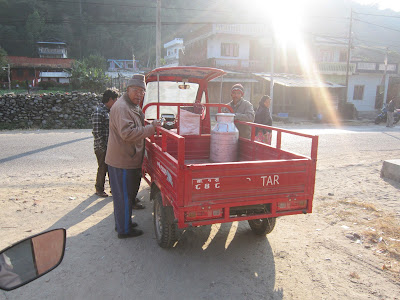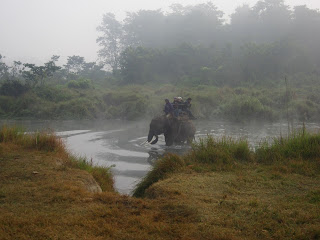I have been stationed in Hetaudu with Praveen since last Thursday. We present a workshop tomorrow (Sunday) then Monday we return to Kathmandu.
Before coming to Hetaudu the CECI staff briefed me on a few things about where I would be staying, including the fact that there will be very few foriegners. They were right. In fact for the duration of my stay in the gated hotel where we reside the only people of non Nepal descent are Chinese nationals. There were a couple of French people in the beginning for one night but I think they were lost.
Particularly in the rural areas surrrounding Hetaudu I am a novelty. I was advised there is no ill intent and by the smiles I get I know this is true. I have amassed a lot of photographs and video, but with the unreliable internet here (even in the space of these three paragraphs I have had 10 various warnings), I can only post a few here.
While the city of is not a tourism mecca by any stretch, it does offer easy retreat to rural Nepal. The contrast between the rich colouHetaudu rs of the Nepal countryside and the beautiful faces (and smiles) is a memorable experience.
 |
| This boy followed us for at least a kilometer. In Nepal, people know how to smile! |
 |
 Rural Nepal especially at this time of year offers some of the most amazing colours and contrasts Rural Nepal especially at this time of year offers some of the most amazing colours and contrasts |






















